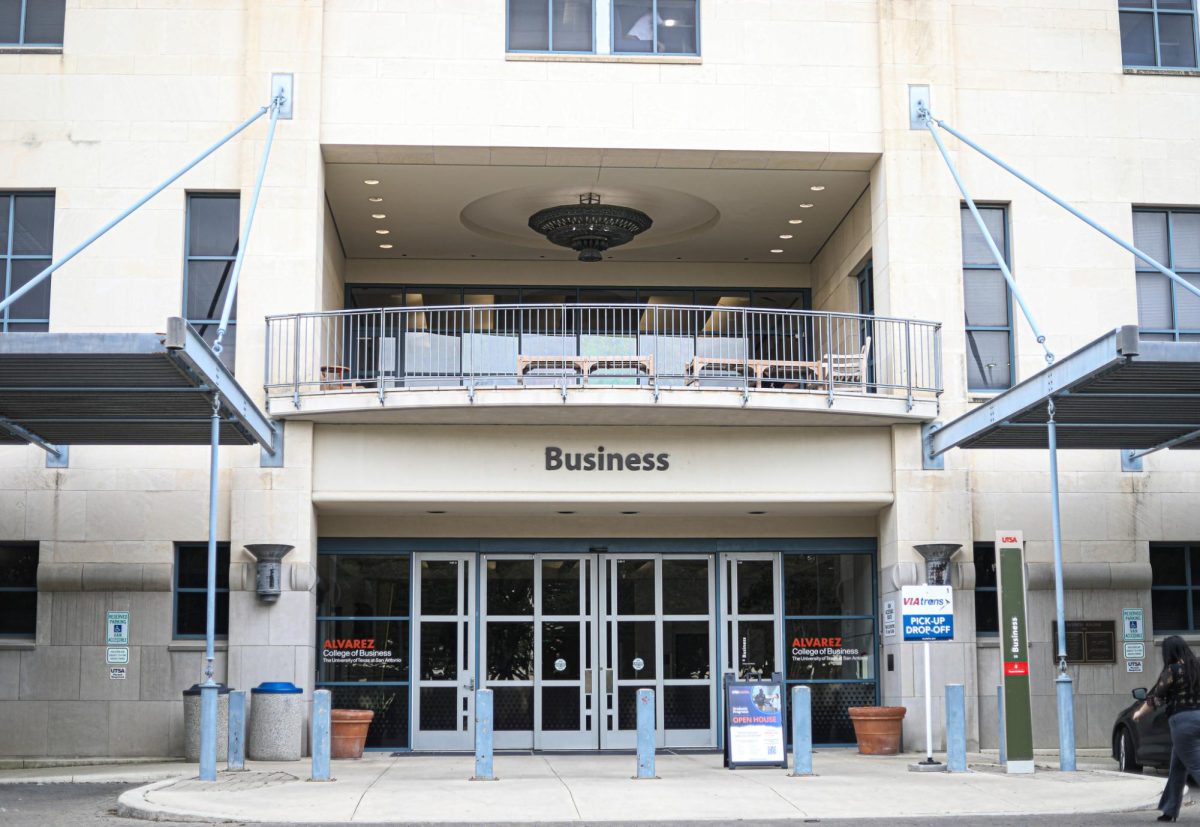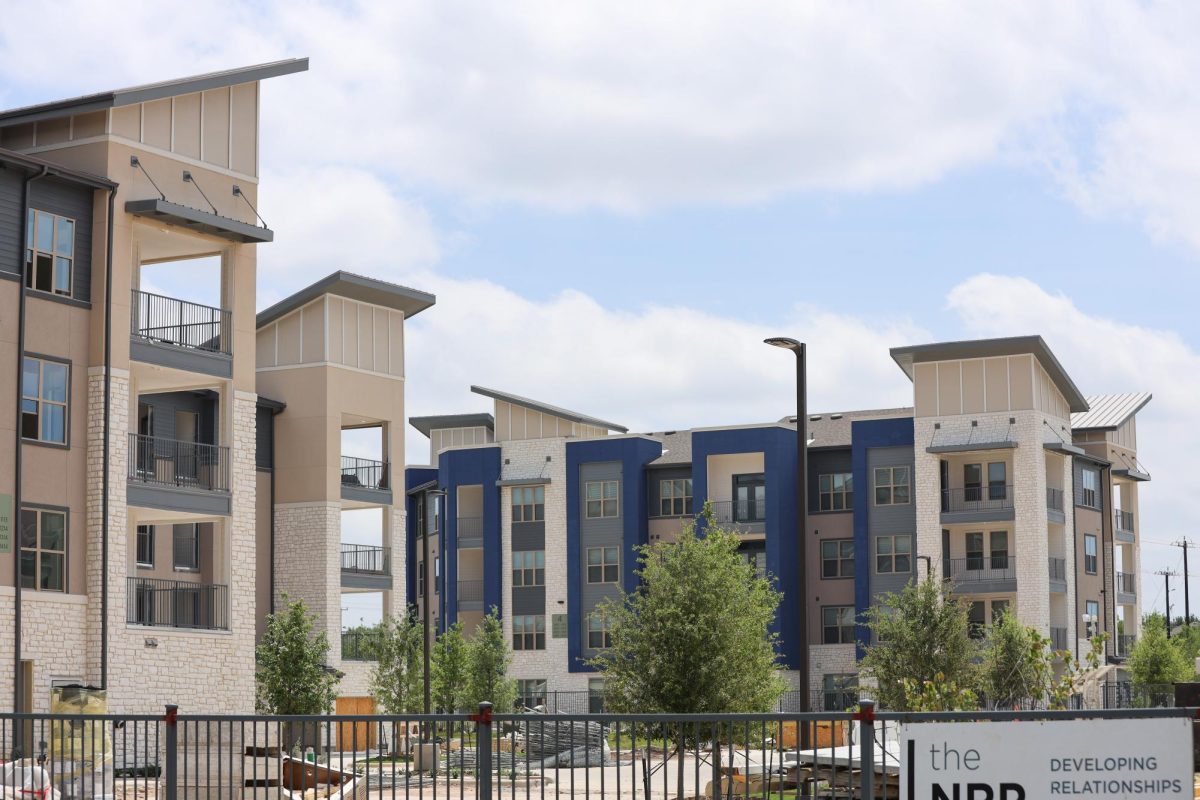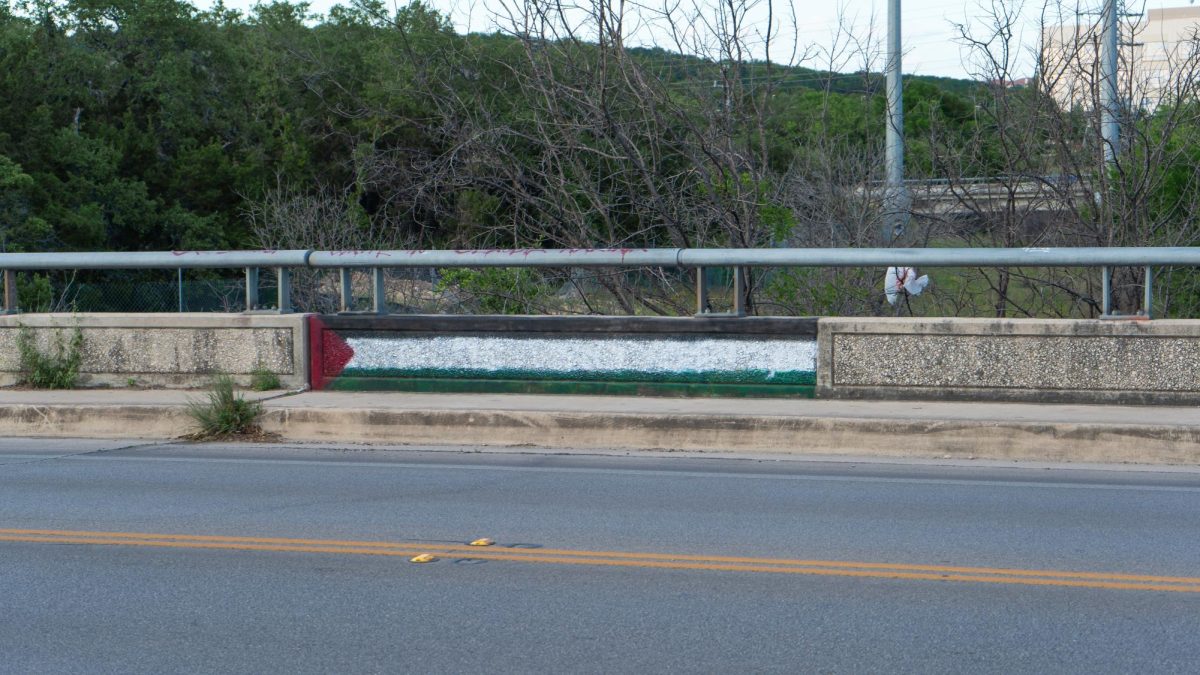
Of the four blue emergency phones inside Chaparral Village, all are at least partially broken.
Of those four, two function as phones but have a broken blue top lights making them practically invisible at night. One is completely broken―and, most worrying of all, one is not functional as a phone. However, the blue light remains on, creating what Steve Barrera, UTSAPD’s chief of police, describes as “a false sense of security.”
Across the main and downtown campuses only five of the 113 total phones are not functioning, but that number does not include the functioning phones with broken lights.
In response to the light issue, Daniel Pena, UTSAPD’s assistant chief of police, said, “There is not specifically a light switch on the poles; we would have to manually go in there and disable them, but it’s something we can look into implementing.”
He added that “generally the broken poles are wrapped in black plastic.”
Barrera said that the reason for the non-functioning phones in Chaparral Village is the defective wiring to which both of the phones are connected. UTSAPD and Housing and Residence Life are currently collecting bids from contractors to repair the problem. Barrera estimates that the phones should be fixed by the end of June.
When questioned about defective Chaparral Village phones, Director of Housing and Residence Life Lionel Maten acknowledged the phone issue but said that students need not be too worried because “Housing and Residence Life has installed close to $70,000 worth of security cameras this summer,” which should provide added security.
As the UTSA campuses expand, Pena said that the number of emergency phones will also increase. He added that the general policy for emergency phone placement is approximately 100 yards of walkway per phone, though that number varies based on the specifics of each location.
Pena estimates that in an average year, only one “true emergency” is reported through the blue phones, given the increased use of cell phones since the blue phones were first installed in the 1970s.
However, Pena insists that “(preventing) any incident that is going to put a student, faculty or staff member’s life or safety in danger, to us, is worth all that expenditure.”
Barrera said that the phones are intended to “let people feel safer knowing that there is a blue phone not too far away.”
According to Barrera, the blue phones are inspected weekly and, if repairs are needed, they are generally completed within a week.
For a complete map of all of the blue emergency phones, please visit the supplementary doc.











